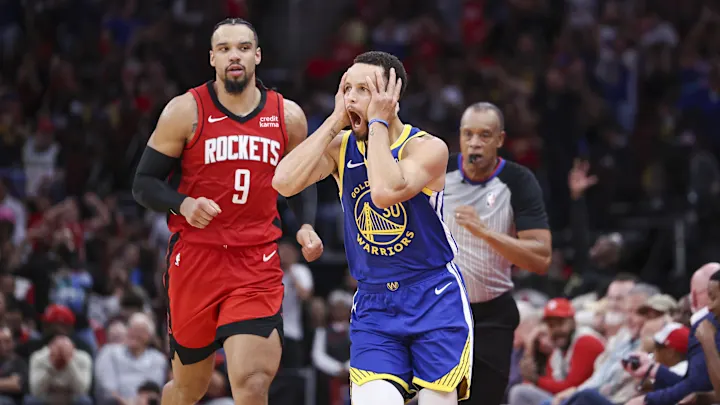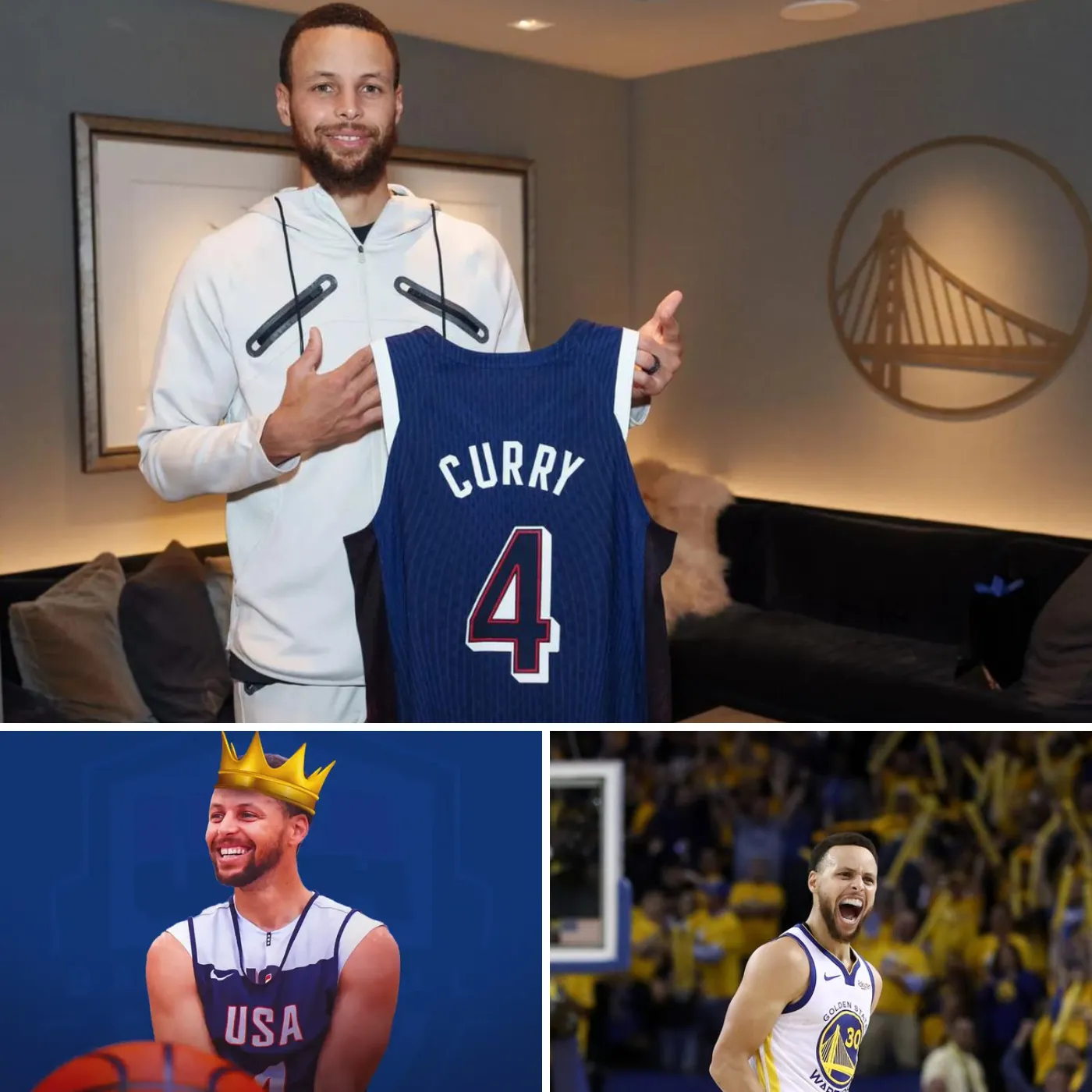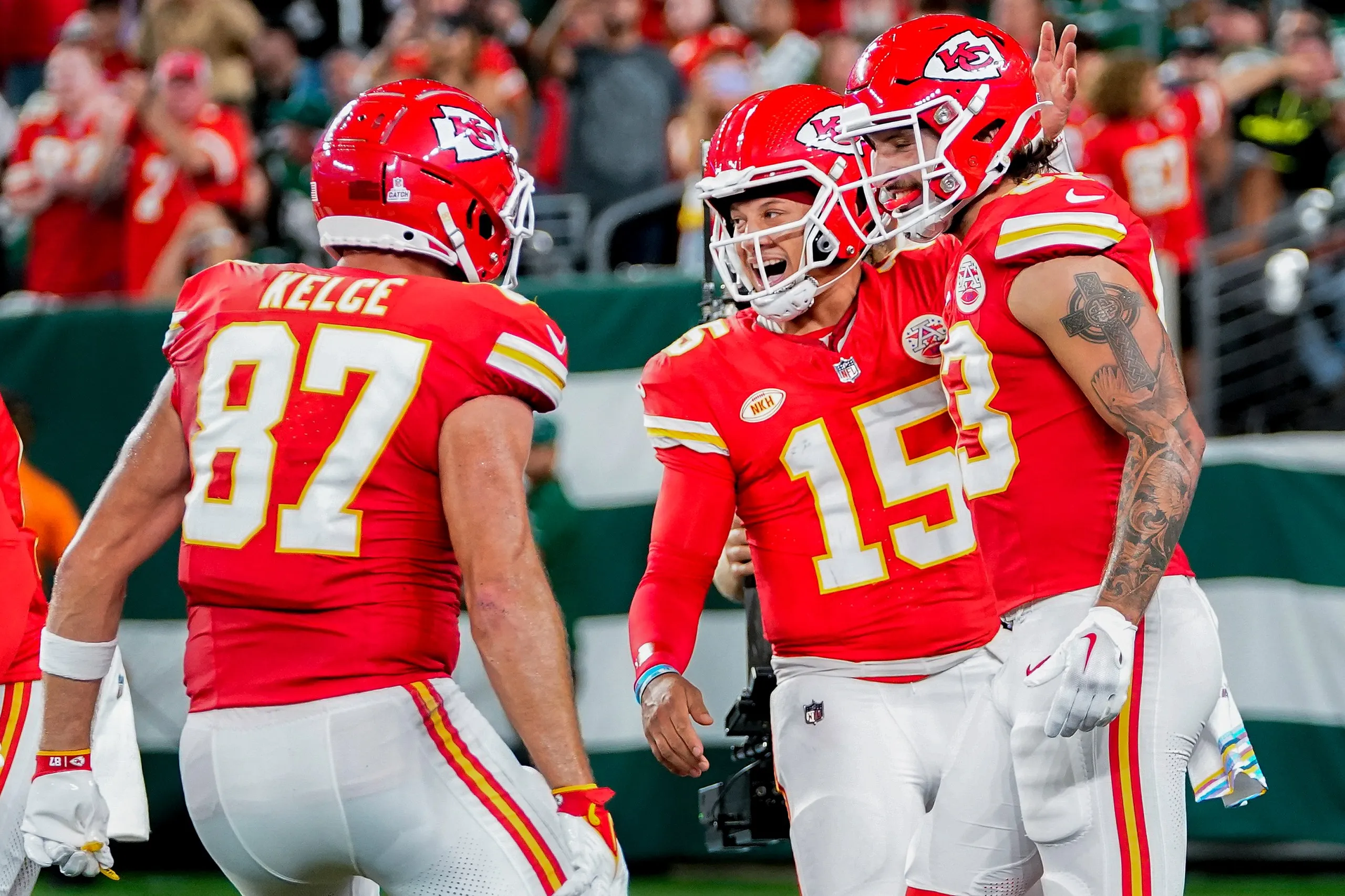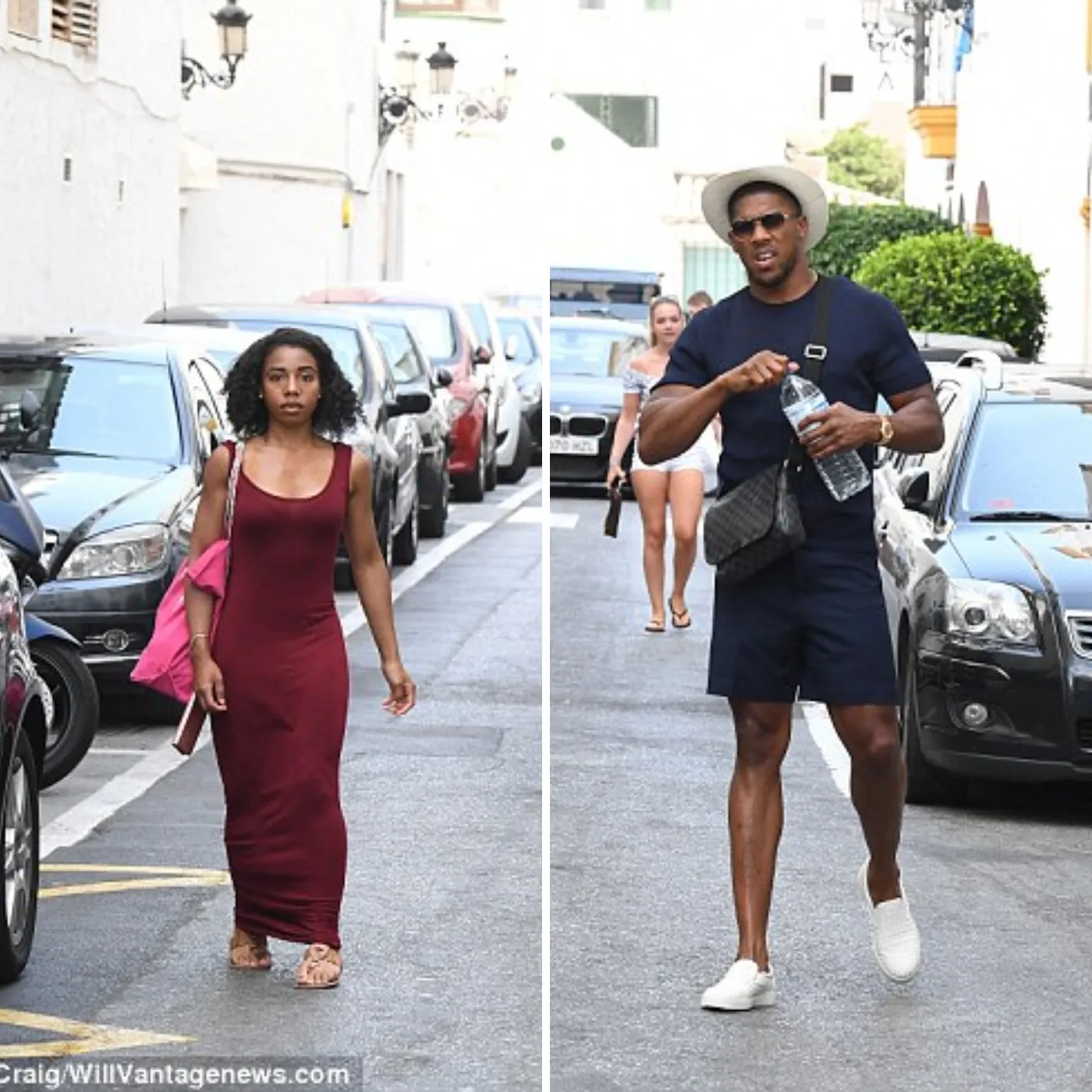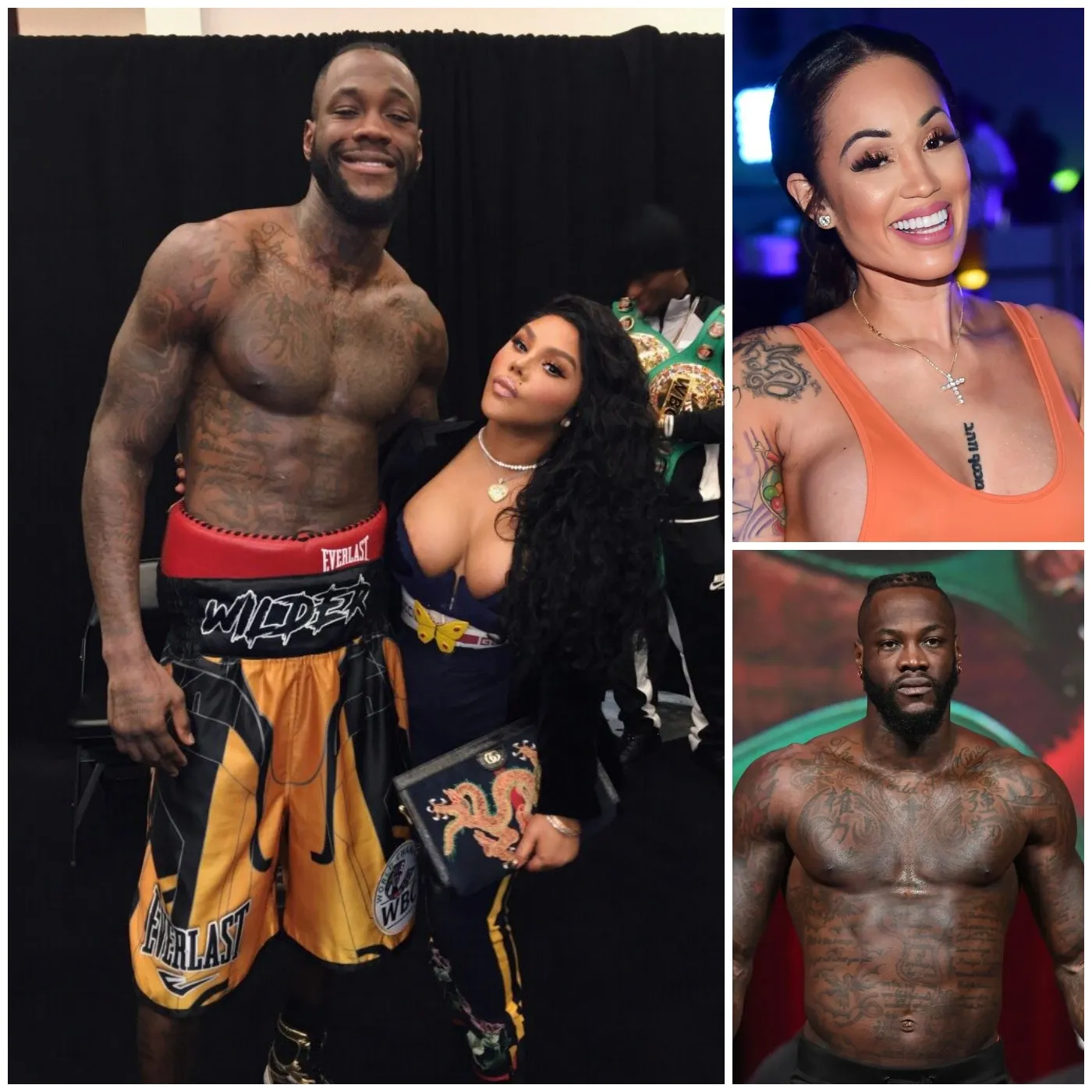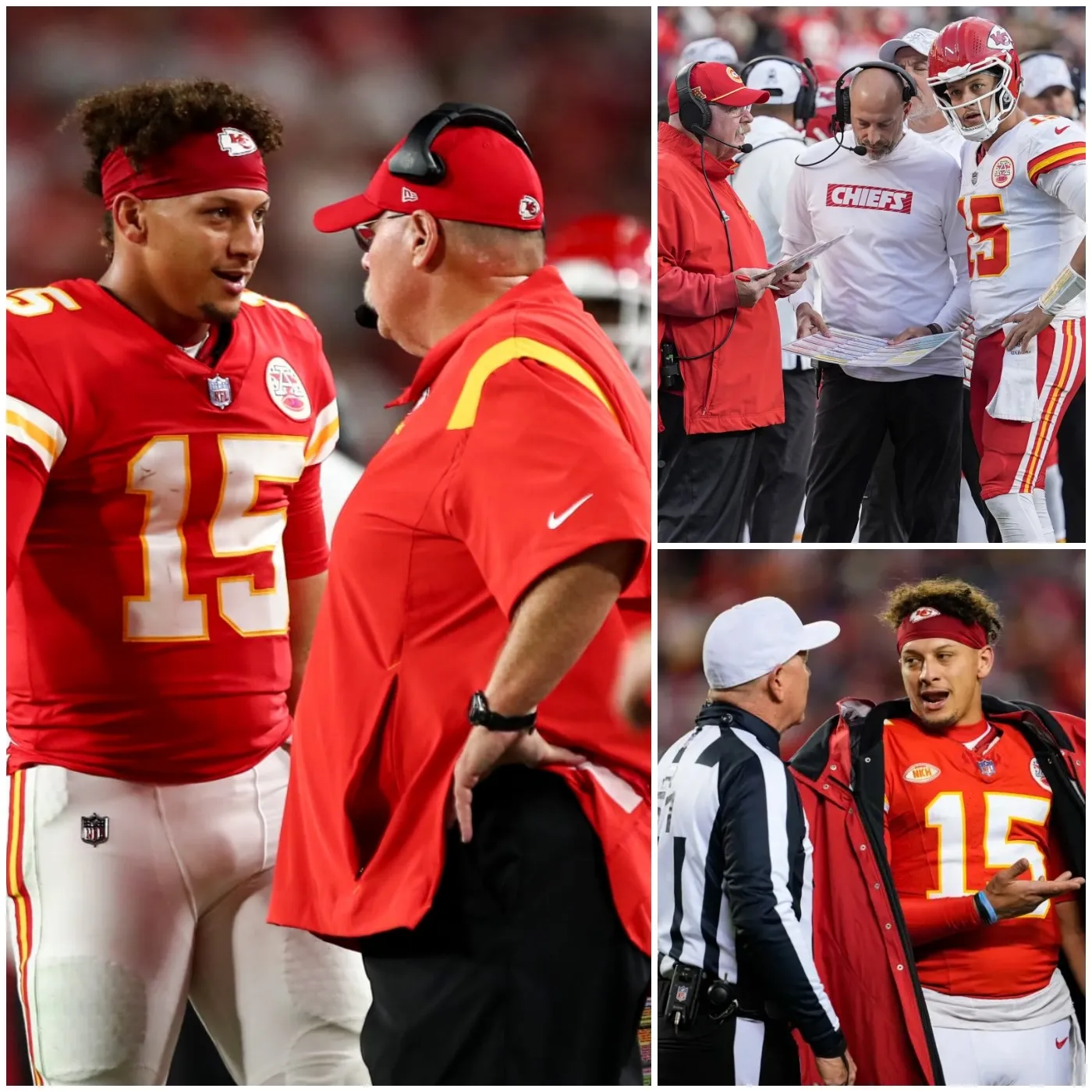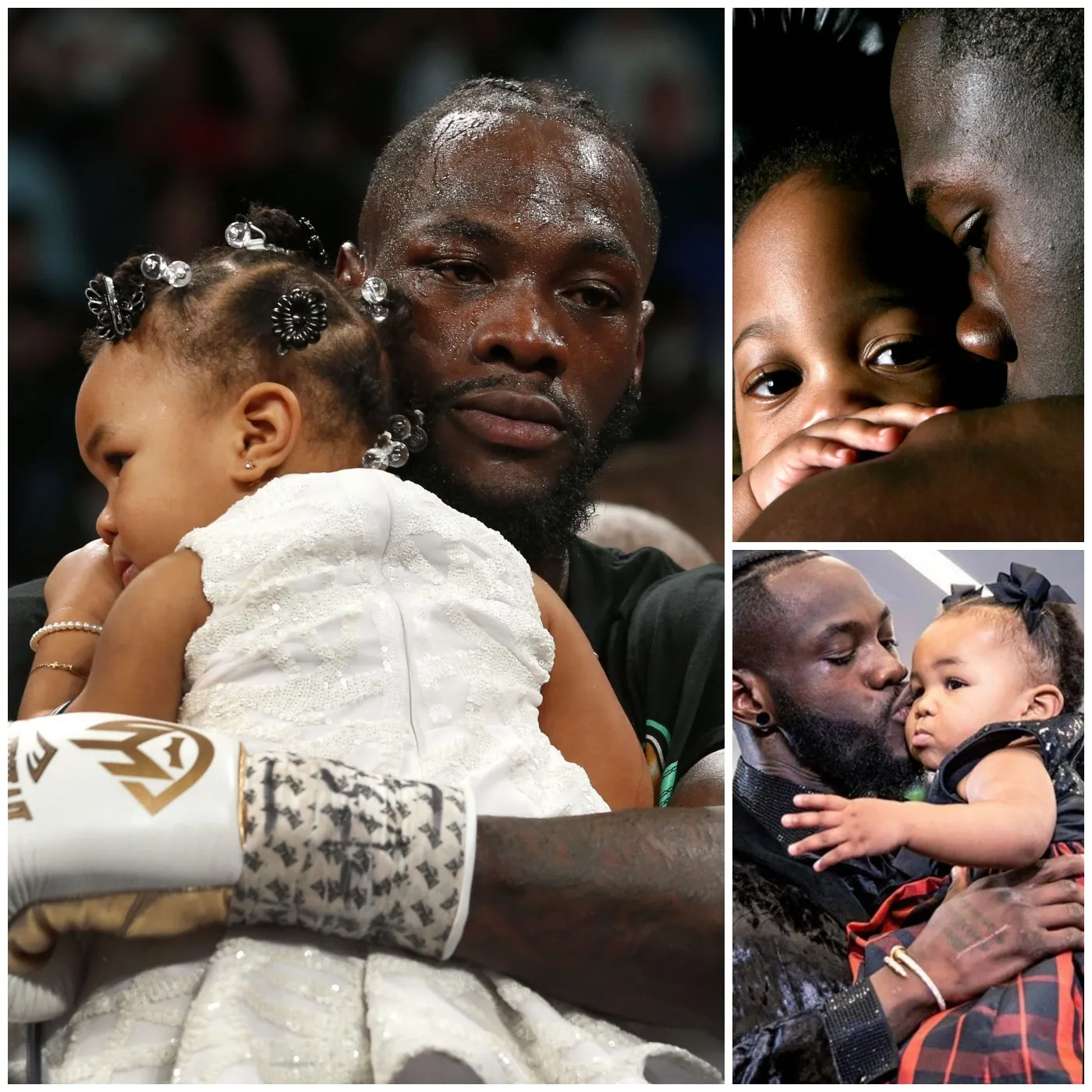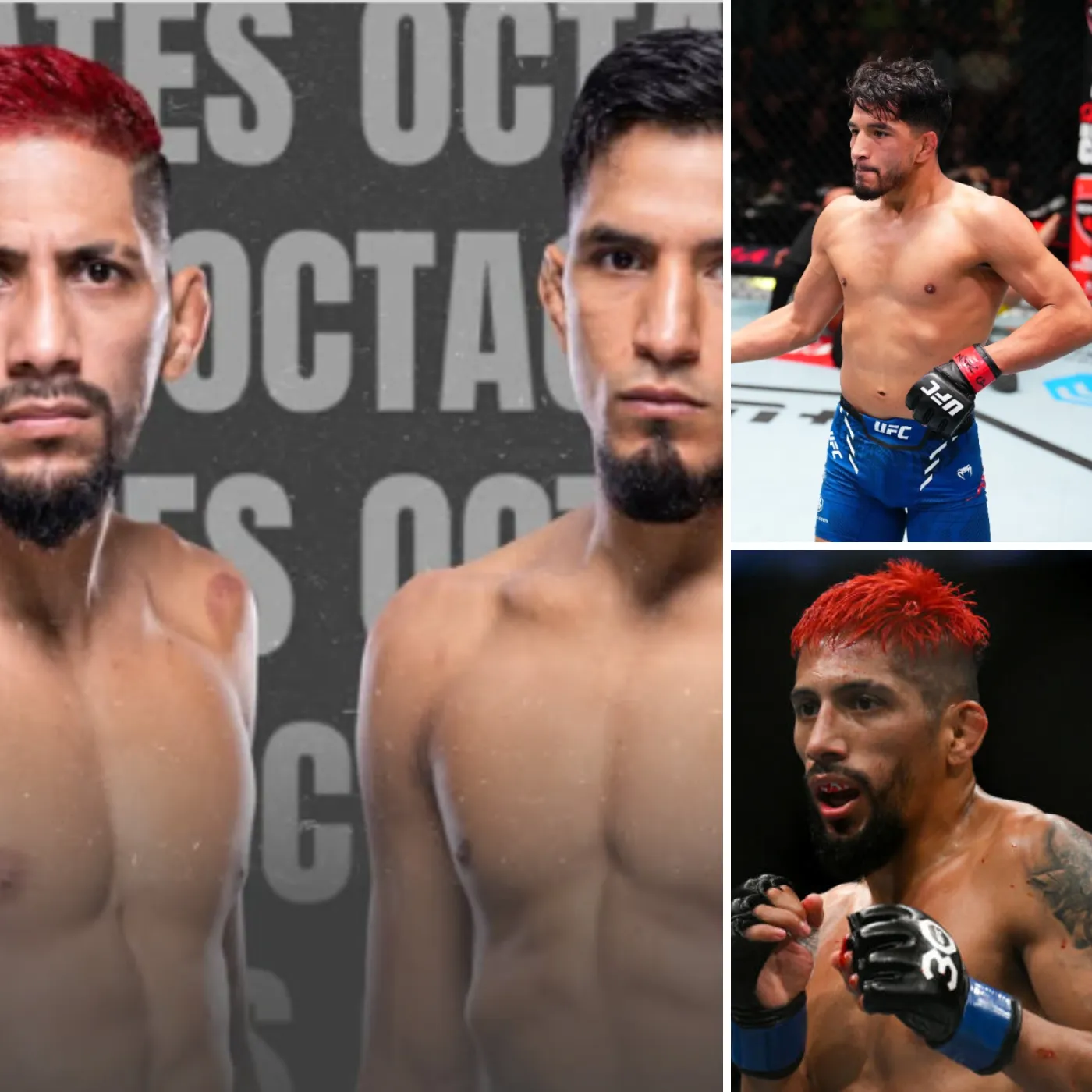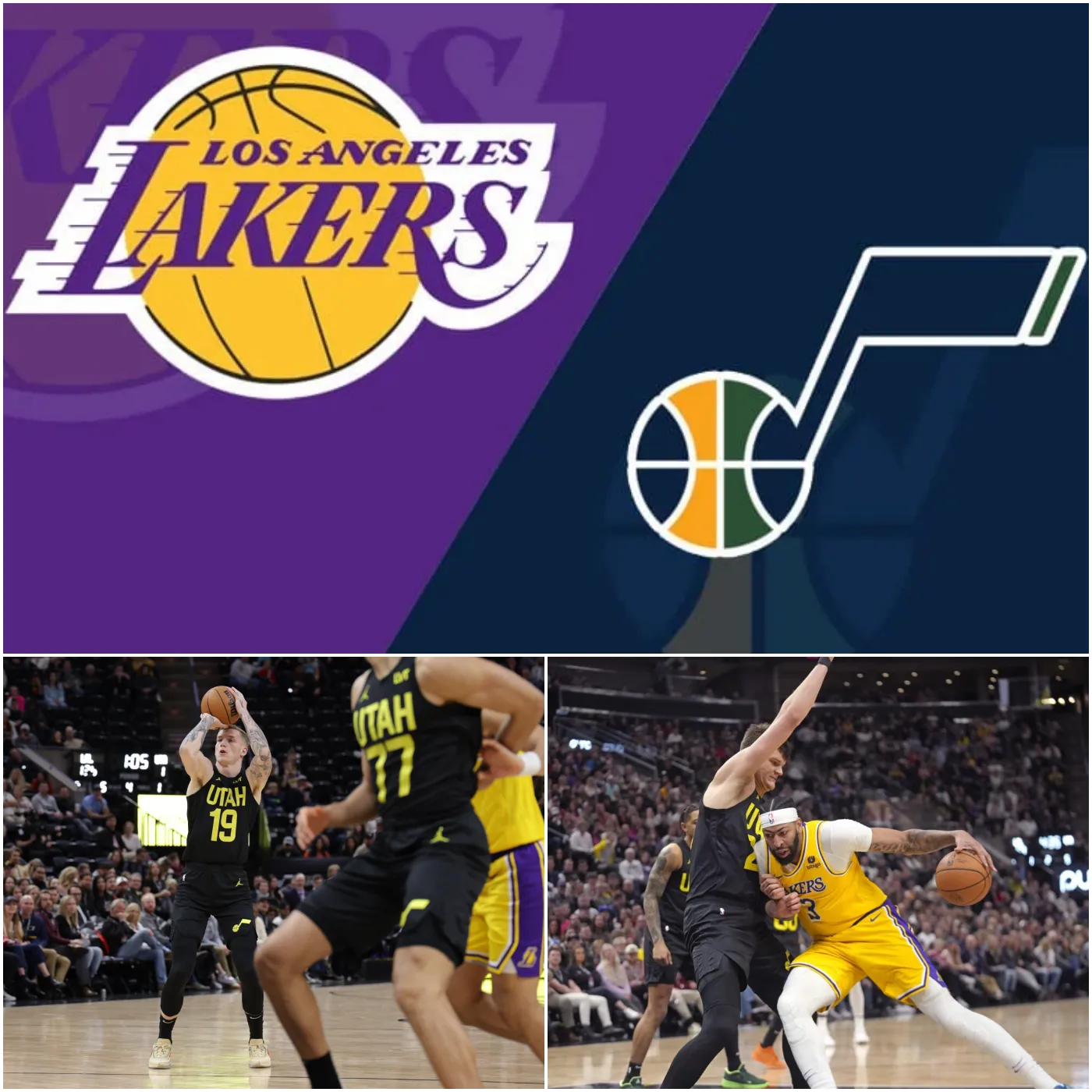Merch Money Madness: How UFC 310 Made Fighter Logos Worth Millions
It’s no secret that the UFC has turned the Octagon into one of the most lucrative real estates in sports. With the UFC 310 event breaking the bank and promotional guidelines compliance pay crossing a staggering $8 million in 2024, it’s time to peel back the layers on this money machine. What is it about […]
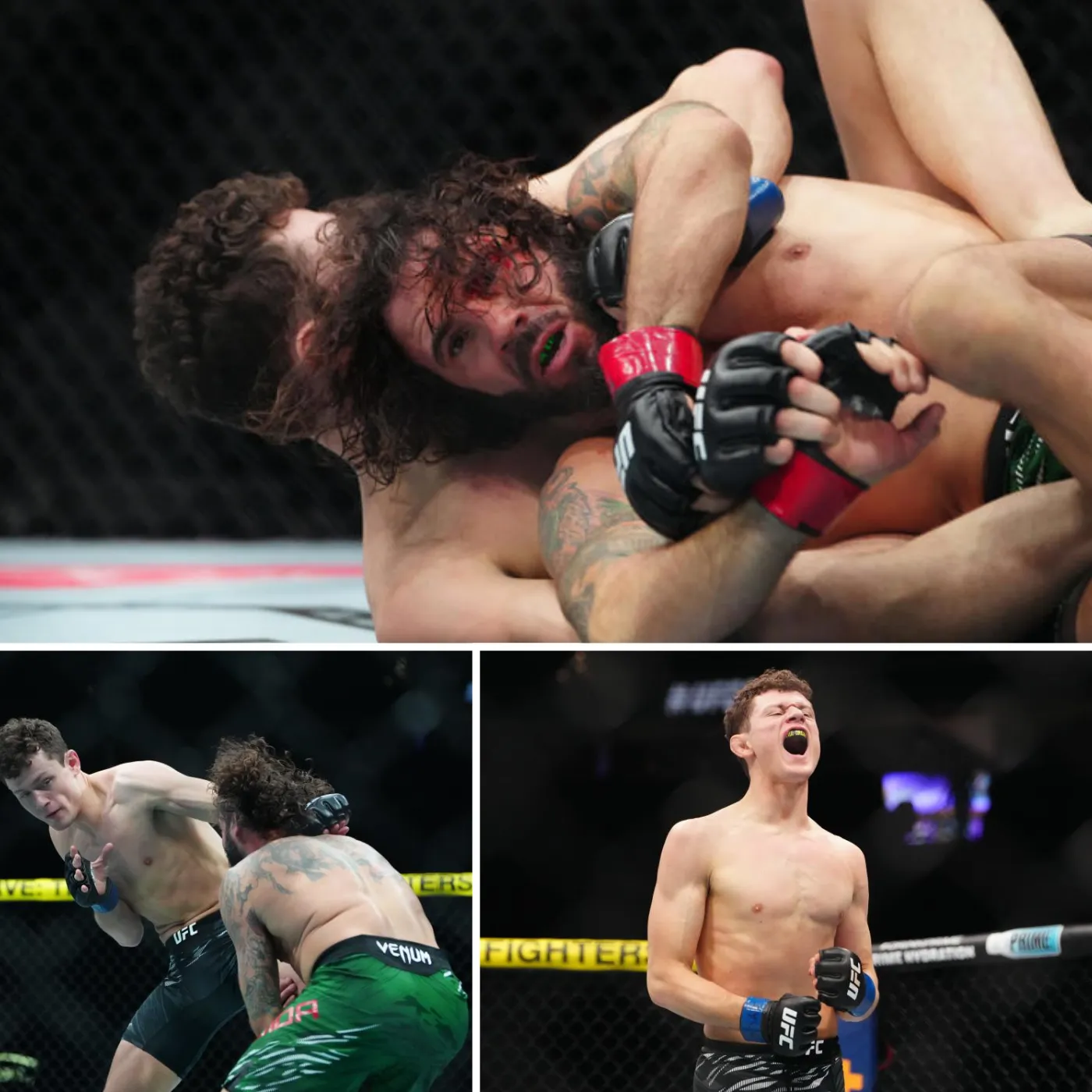
It’s no secret that the UFC has turned the Octagon into one of the most lucrative real estates in sports. With the UFC 310 event breaking the bank and promotional guidelines compliance pay crossing a staggering $8 million in 2024, it’s time to peel back the layers on this money machine. What is it about these patches and placements that makes them a jackpot for fighters? And why is every fighter suddenly eyeing their logo space like it’s beachfront property in Malibu? Let’s dive in.
What is Promotional Guidelines Compliance Pay Anyway?
First, a little background for the uninitiated. The promotional guidelines compliance program, launched in partnership with Reebok and now maintained under the UFC-Venom deal, ensures fighters stick to a uniform look. No rogue sponsors on trunks or off-brand logos sneaking into the Octagon. Fighters get paid for their compliance—essentially, for playing by the UFC’s dress code rules.
While some call it “corporate cosplay,” the payout for 2024 has proven it’s more like a fighter’s golden ticket. UFC 310 alone saw a compliance pay total that could fund a year’s worth of avocado toast for the entire state of California.
Breaking Down the $8 Million Dollar Pie
In 2024, the UFC made history with compliance pay totaling $8 million across the year. That’s a major jump from previous years, and it’s not just because of inflation or Venom slapping on extra fangs. A few factors contributed to this spike:
- Increased Fight Cards: More fights mean more payouts. UFC 310, with its stacked lineup, saw fighters cashing in like it was Christmas morning.
- Bigger Bonuses for Bigger Names: Veteran fighters and champions like Israel Adesanya and Sean O’Malley are raking in hefty chunks of the compliance pool. Their years of Octagon service and fan-favorite status mean bigger payouts.
- Expanded Sponsorship Deals: Venom’s updated deal has given more room for compliance bonuses, raising the stakes for fighters to keep their uniforms on-brand and spotless.
Fighters Turned Entrepreneurs

For fighters, compliance pay is more than a paycheck—it’s a business opportunity. The money they earn often funds personal ventures, from training facilities to supplement brands. Take middleweight star Robert Whittaker, for instance. His compliance payouts over the years have partially funded his gym in Australia, which he calls a hub for the “next-gen killers.”
And then there’s Sean O’Malley, whose entrepreneurial streak runs as wild as his hair colors. O’Malley has used compliance earnings to expand his podcast empire, turning his post-fight interviews into monetized content.
It’s no wonder fighters are taking these compliance rules as seriously as they take their weight cuts.
The Fans: Winners or Losers?
Now, let’s talk about us, the fans. UFC’s compliance program means we get a cleaner, more polished viewing experience. But at what cost?
Gone are the days when fighters would walk out draped in sponsor banners or shorts looking like NASCAR cars. Sure, it’s sleek and professional now, but some argue it’s stripped the sport of its raw, gritty charm. Remember when fighters like Chuck Liddell wore shorts that screamed, “Monster Energy and bad decisions”? Those were the days.
Still, most fans would agree that the trade-off—more money in fighters’ pockets—is worth it. Compliance pay has become a secondary purse for many fighters, ensuring they’re not leaving the Octagon with just bumps, bruises, and a barely-there fight check.
The Future of Fighter Pay: Beyond Compliance
The $8 million milestone raises a bigger question: Is compliance pay enough? For years, the UFC has faced criticism over fighter salaries. While compliance pay is a step in the right direction, some say it’s just a band-aid on a gaping wound.
With Jake Paul screaming from the boxing world about fighter pay disparities, UFC athletes are starting to push harder for a bigger piece of the pie. Compliance bonuses are nice, but they’re still peanuts compared to the billions the UFC generates annually.
Dana White has brushed off most criticism, claiming the UFC takes care of its fighters. And while $8 million in compliance payouts is impressive, many wonder how it compares to what fighters could earn if they were allowed free rein with sponsors.
Why It Matters
At the end of the day, compliance pay is more than just numbers on a balance sheet. It’s a reflection of how the UFC values its athletes and their contributions. As the sport continues to grow, these payouts will likely increase, giving fighters more opportunities to secure their financial futures.
Whether you’re here for the fights or the drama, one thing’s for sure: the UFC 310 promotional payout is a sign of where the sport is headed. More money, more opportunities, and (hopefully) fewer fighters having to double as Uber drivers to make ends meet.
UFC 310 proved that when it comes to fighter pay, progress is possible—even if it’s incremental. The $8 million compliance payout isn’t just a win for fighters; it’s a win for the sport. It shows that the UFC can find ways to reward its athletes without compromising its brand.
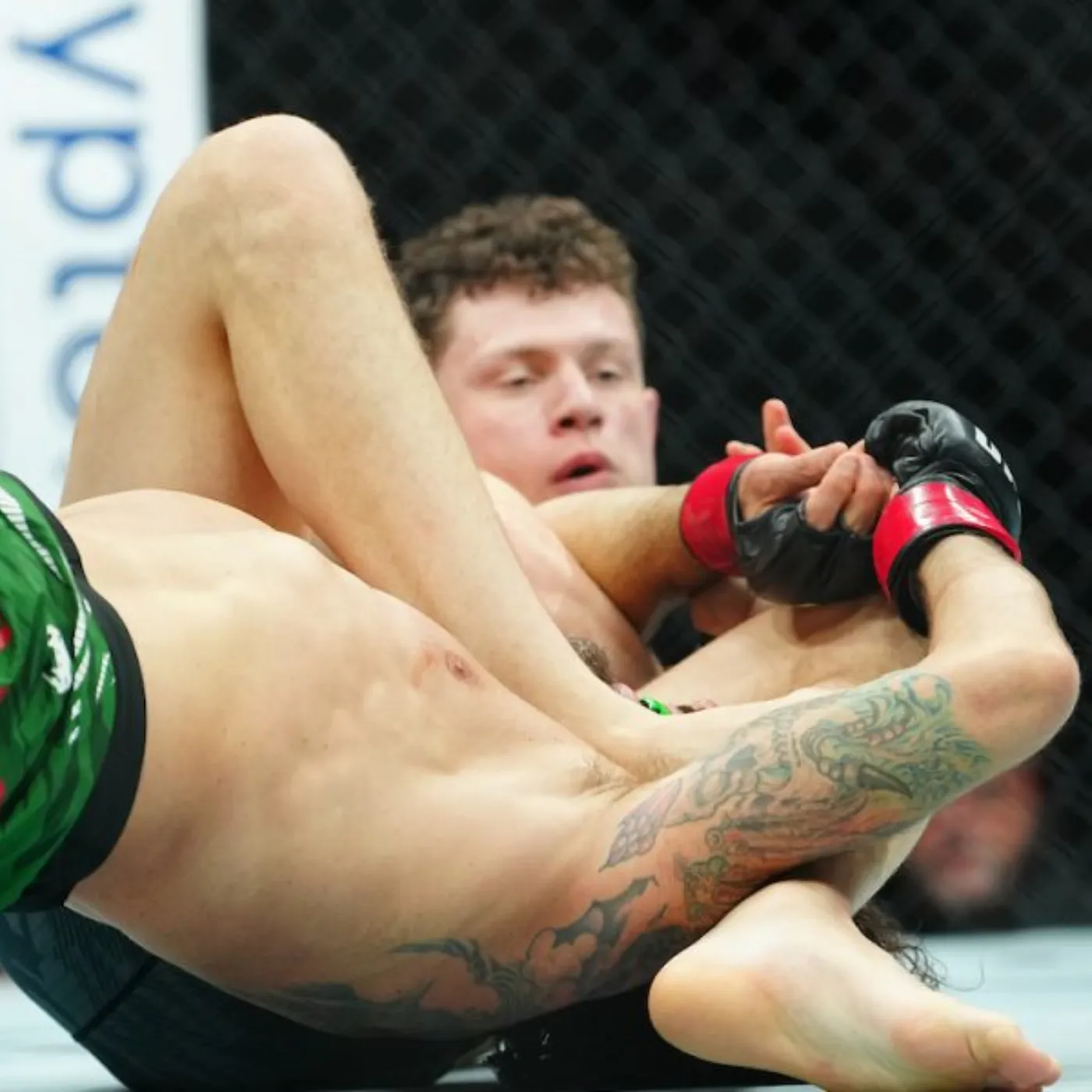
So next time you see a fighter sporting their Venom gear, remember this: that sleek logo isn’t just there for aesthetics—it’s a paycheck. And if UFC keeps hitting milestones like this, 2025 might just see compliance pay reach eight figures. And who knows? Maybe those fighter uniforms will finally come with a side of bling.



